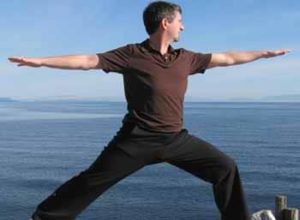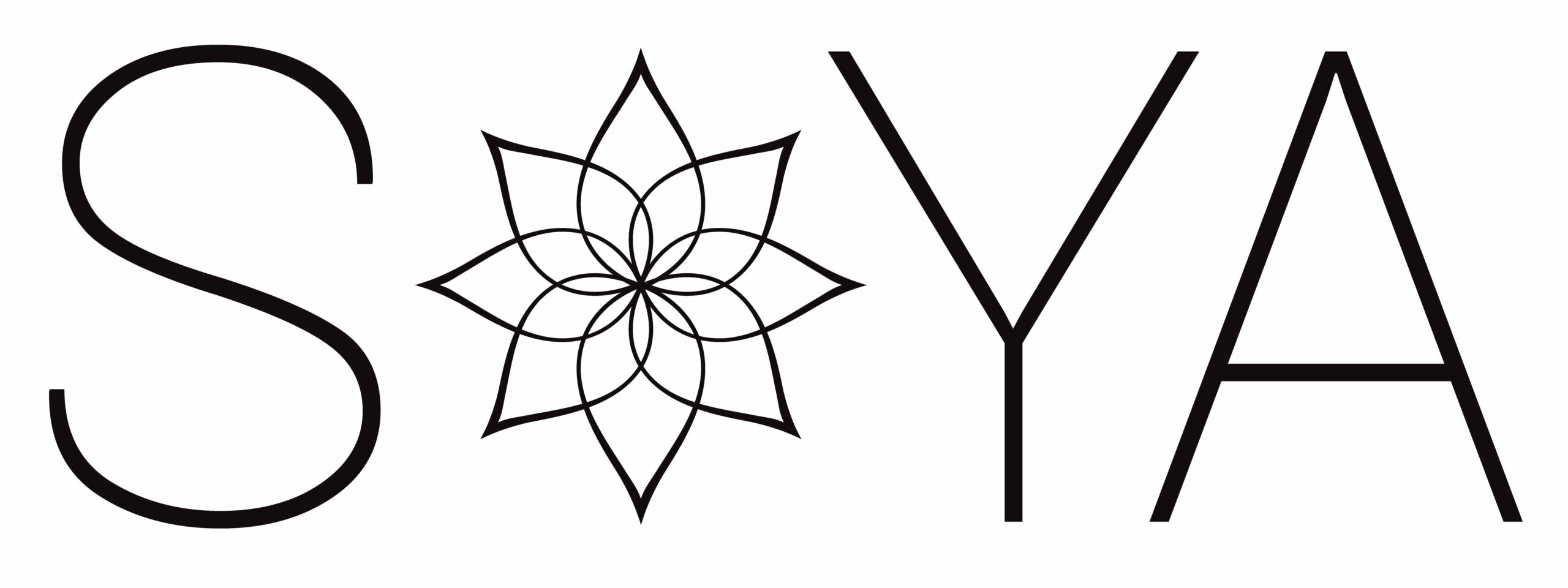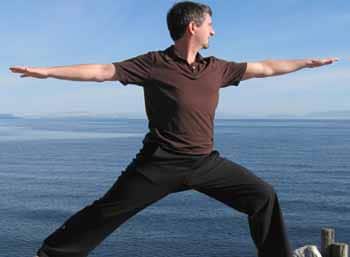Many have experienced that yoga practices help decrease pain. Typically the answer to ‘how yoga does this’ is considered as a physiological reaction, or maybe a psychological reaction. Yet, maybe we need to consider pain from more perspectives. We share stories of students who have found their way to yoga because of pain. These stories surprise us and inspire us. We also share stories of people who have found peace, and regained movement and purpose in life through yoga. These suggest that we should consider the story of pain more broadly.
 Scientists tell us that when we feel pain, the brain has concluded that we need protection, and that we need to change our behavior. Since the pain system is a sophisticated protection system, it does so much more than create a sensation of pain. Our pains have qualities, and locations, and behaviours. They are related to changes in muscle tension, breathing, body awareness, body image, thinking, emotions, and our ability to move and interact with others. Putting this all together, we can consider that it is as if the brain has come up with a story to protect us – not just pain to protect us. The story is part of the protection. We can change the pain by changing the story. But how do we do this rewriting?
Scientists tell us that when we feel pain, the brain has concluded that we need protection, and that we need to change our behavior. Since the pain system is a sophisticated protection system, it does so much more than create a sensation of pain. Our pains have qualities, and locations, and behaviours. They are related to changes in muscle tension, breathing, body awareness, body image, thinking, emotions, and our ability to move and interact with others. Putting this all together, we can consider that it is as if the brain has come up with a story to protect us – not just pain to protect us. The story is part of the protection. We can change the pain by changing the story. But how do we do this rewriting?
The practices of yoga provide us with the opportunity to notice if the story is playing over and over. Yoga practices allows us time to explore the story in more detail. Each time we look inward, we gain more understanding of the story. Each time we look inward we can consider the story from new points of view. And each time we look inward, we have the opportunity to rewrite the story.
Yes we can rewrite the story. And here I pause to thank my greatest teachers for my understanding of this – two of my students asked me this important question. “If pain is a story, will rewriting it change the story AND the pain?”
What story arises when you try to move in the face of pain? Does the story include changes in your breathing, your body awareness, your body image, your thinking, or emotions? And could you change the story by changing any of these body functions? Sure it might take practice, and it will definitely take persistence, but it is possible.
Let’s be perfectly clear though! This is not a story you wrote on purpose. This is a story your brain created through automatic processes to protect you. This story is real, and difficult to change.
Most pain stories include difficulties moving the body. And most include disruptions of breathing and muscle tension. For many of us when the story has continued to play for some time, it includes changes in our feelings of competence, difficulties in letting go of tension, being out of balance in life, being disconnected from our life’s purpose, or feeling less courageous than usual. These can all be part of the story created by the brain to protect us. And as such, if we direct our yoga practices towards these, we can rewrite the story.
Yoga allows us a safe place and gentle practices to explore our pain story. Yoga allows us to rewrite our stories – a little at a time. We can change how our breathing, and muscle tension, and mind, and heart respond to movement. And each time we do this, the story shifts away from a tragedy, towards the happy ending we desire.
 Upcoming workshops with Neil are May 22-24 Cranbrook, Oct 2-4 Semperviva Vancouver, Oct 23-25 Saskatoon, Oct 30 – Nov 1 – Calgary, Nov 21-23 White Rock.Neil is founder and director of Neil Pearson Physiotherapist Corporation, which operates as life is now. He works clinically in Penticton, BC and teaches internationally providing the knowledge and tools for effective pain self-management throughout physiotherapy and therapeutic yoga. Neil received the 2012 Excellence in Interprofessional Pain Education award. He has created the Pain Self-Management video series which you can find at www.lifeisnow.ca
Upcoming workshops with Neil are May 22-24 Cranbrook, Oct 2-4 Semperviva Vancouver, Oct 23-25 Saskatoon, Oct 30 – Nov 1 – Calgary, Nov 21-23 White Rock.Neil is founder and director of Neil Pearson Physiotherapist Corporation, which operates as life is now. He works clinically in Penticton, BC and teaches internationally providing the knowledge and tools for effective pain self-management throughout physiotherapy and therapeutic yoga. Neil received the 2012 Excellence in Interprofessional Pain Education award. He has created the Pain Self-Management video series which you can find at www.lifeisnow.ca
Celebrating over 25 years of Teacher Training


Recent Comments